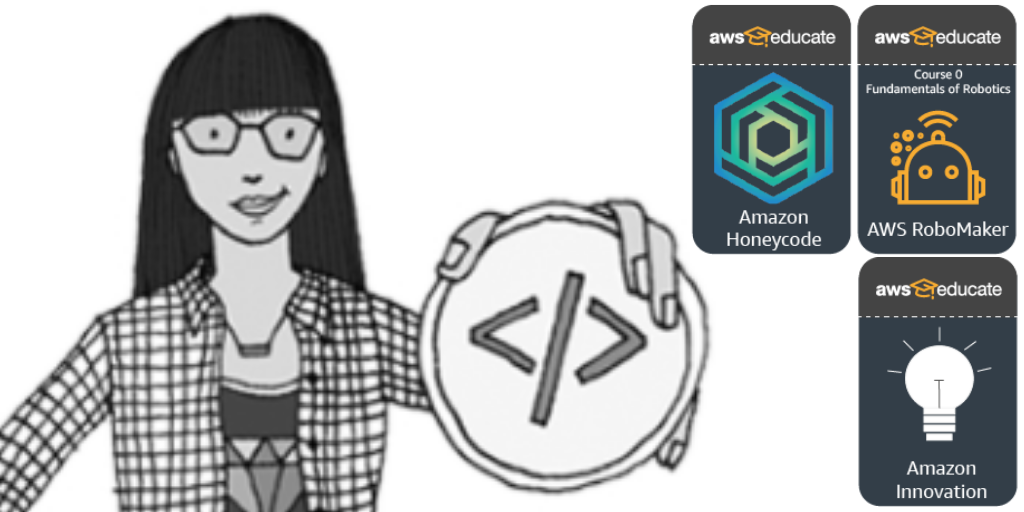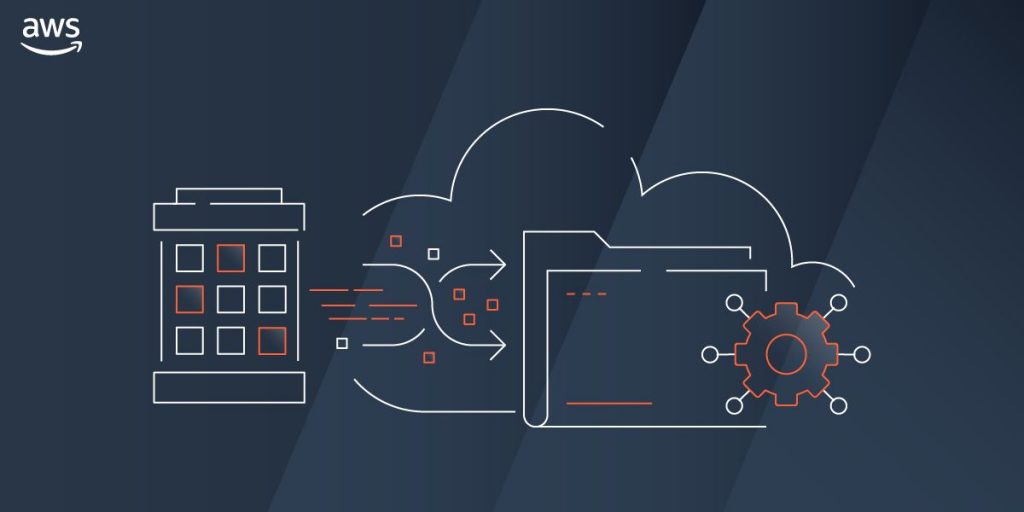AWS Public Sector Blog
Category: Education
European research and education community can now access discounted cloud services faster through new agreement
GÉANT, one of the world’s largest research and education networks, is making it simpler to adopt cloud services through a new procurement framework, Open Cloud for Research Environments (OCRE Cloud Framework). GÉANT selected AWS Partners Jisc and Rackspace Technology to join the OCRE Cloud Framework.
Harnessing the power of the cloud to design personalized healthcare solutions
Data is at the heart of healthcare, but our wellbeing is complex. It is a challenge to find the right approach when analyzing or visualizing data. Technology like text-to-speech, augmented reality (AR), and deep learning can help us better understand and explain health data. By designing solutions in the cloud, we can leverage AWS to launch and scale helpful tools as needed, paying for only what we use while keeping data secure.
How to meet business data resiliency with Amazon S3 cross-Region replication
Even though Amazon S3 provides regional data resiliency, customers often have compliance and business requirements to replicate their data to a second Region that is hundreds (or even thousands) of miles away from their primary location. Amazon S3 replication provides an automatic mechanism to make identical copies of your objects in a destination Region of your choice. Replication enables automatic, asynchronous copying of objects across S3 buckets. Learn how to configure S3 Cross Region Replication with S3 RTC feature, and do a walk-through of how to configure event notification for S3 replication events and configuring Amazon CloudWatch alarms for the replication metrics.
AWS Educate releases new cloud learning resources for students and educators
It’s a new year, which means it’s the good time for students to learn new skills for their future career. AWS Educate released five new learning resources and badges to jump start learning goals for students and make it simpler for educators to teach in a virtual or blended environment. The resources focus on robotics, innovation, and Amazon Honeycode.
Increasing student engagement through new visual presentation development and test taking tools
AWS EdStart Members—Chema Roldan, co- founder and CTO of Genial.ly in Spain and Leonardo Prates, co-founder and CEO of Studos in Brazil—are enhancing the classroom experience for students and teachers. Genial.ly is focused on enabling students and teachers to create and deliver digital presentations. Studos is focused on helping students enhance their test performance through automatic feedback using AI. Read on to learn how these founders are developing the next generation of education solutions in the AWS Cloud.
8 recommendations for higher education from CIOs on remote learning
COVID-19 accelerated a number of rapid changes in higher education. Technology helped with continuity of education, and chief information officers (CIOs) had to overcome a number of challenges to achieve this. Amazon Web Services (AWS) and ucisa, the member-led professional body for digital practitioners in education in the United Kingdom (UK), brought together CIOs from across the UK and Europe to share and discuss their recent experiences and share lessons learned. Learn their recommendations.
University of Keele begins digital transformation using AWS
With AWS Cloud-based solutions, Keele University in England is now able to meet students’ and prospective students’ admissions needs virtually. Prospective students from around the globe can now tour campus remotely, and students going through the confirmation and Clearing process (a period where UK universities accept students and fill remaining seats in their incoming class if a student has not matched with their preferred institution) have a more streamlined, efficient experience. To kick-start the university-wide digital transformation, the team decided to start with an immediate need: the admissions process.
5 things we’ve learned this year in the cloud for the public sector
This year, global health and economy challenged government, education, nonprofit, and health organizations to rethink operations. With a focus on their mission, organizations quickly shifted to better and more quickly serve their constituents, students, and customers. Many took advantage of ways to innovate and consider adopting the cloud. AWS looked for ways to help these organizations, educating them on the power of the cloud—no matter where they were on their cloud journey—as well as sharing inspiring stories from their peers. Here’s what we learned.
An introduction to AWS for research IT: Getting started in the cloud
The cloud can help researchers process complex workloads, store and analyze enormous amounts of data, collaborate globally, and accelerate research and innovation. For research IT, Amazon Web Services (AWS) can help build scalable, cost-effective, and flexible environments while still maintaining the governance and guardrails for security and compliance. Following best practices, AWS allows for centralized management of resources, improved security and compliance of research workloads, and can save costs and accelerate innovation. What are some common questions from research IT customers?
Amazon FSx now available in AWS GovCloud (US)
Amazon FSx is now available in the AWS GovCloud (US) Regions, allowing government agencies, educational institutions, and nonprofits to scale their most sensitive file-based workloads to reduce cost and streamline operations. When customers move their NAS data and applications to AWS, they benefit from increased cost savings, improved security, and flexibility to modernize their infrastructure at their own pace. This allows organizations to focus more on the mission-critical parts of their application and driving more innovation.









